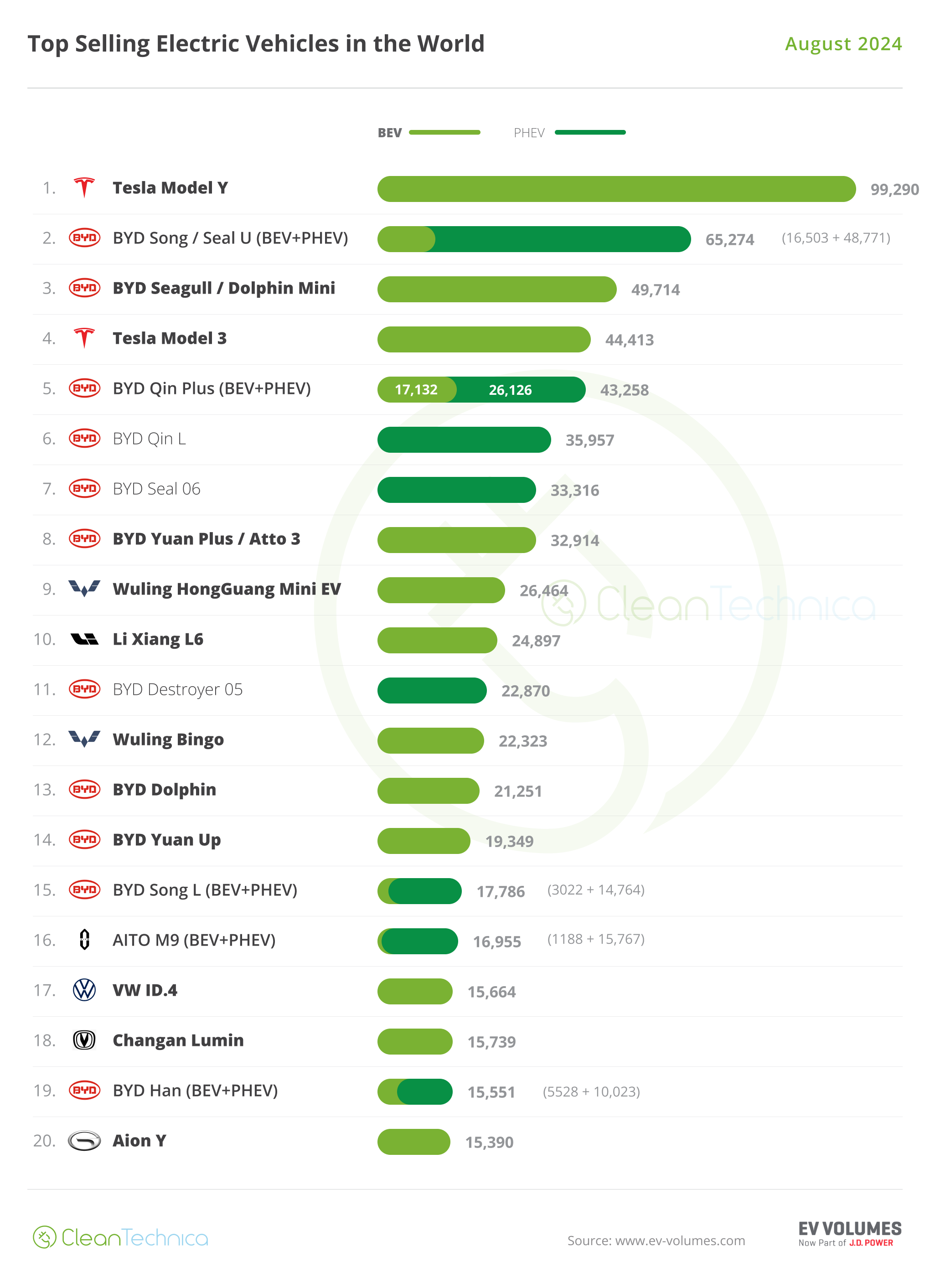Later this year, Mining3 is to demonstrate to funding supporters and commercialisation partners a significant ACARP-funded project milestone of a number of blasts in rock with hydrogen peroxide-based emulsion explosive at an increasing scale of production.
While rock-breakage displays in Queensland quarries with alternative explosives formulations were completed back in 2016, those formulations were proof-of-principle tests for a hydrogen peroxide-based explosive. The project has moved on significantly since then.
“Last year we completed a complete suite of United Nations (UN) authorisation tests to confirm that the new emulsion formulation has a feasible classification as a commercially viable product,” Mining3 said. “Our prior hydrogel-based formulations, whilst demonstrating rock-breakage potential, did not pass UN classification and have been abandoned.”
Last year, Mining3 and western New South Wales-based independent explosives testing partner, Rurex, comprehensively tested the novel emulsion formulation. The outcome of UN testing is a portfolio of results that, Mining3 says, will assist explosives delivery companies to apply for authorisation within their regulatory jurisdictions for the new emulsion formulation. Three series of tests were conducted to ensure that the new formula was safe to use regarding fire, impact, friction and heating.
Mining3 said: “We reported UN classification for a Class 1.1D UN0241 explosive as a significant achievement last year. But what the data doesn’t show is the countless failed trials and white knuckles that the researchers had when conducting the authorisation tests. Any single failure can scuttle the formulation from advancing to commercial application, and represented in some formulas, such as all the failed hydrogel formula, hundreds of hours of research. Whilst it is relatively easy to make a hydrogen peroxide-based explosive, the heightened energetics of the oxidiser was a challenge to make a safe explosive that is acceptable to industry.”
With the confidence of a supportive suite of UN test results, Mining3 says it is assured of commercialisation with the new emulsion formulation.
Following on from the UN test results, Sydney-based mining equipment manufacture, Elquip, has developed a prototype 500 kg duo-batch-mixer to produce the volumes of explosive material for mine site bulk trials. It has been an equally challenging path to a safe and effective mixer for a model of on-site, on-demand emulsion explosives manufacture.

Scaling from the laboratory bench to the mine bench explosive formula manufacture is a journey requiring all the caution imaginable, and some unimagined. “Elquip has embraced the adventure and positioned themselves as the preferred equipment supplier aligned to the near-horizon commercialisation pathway,” Mining3 says. The specificity of hydrogen peroxide material compatibility, equipment design and safety for a hydrogen peroxide-based explosive has been captured by Elquip, ensuring its equipment and support of the Mining3 research projects is successful. Commissioning of the first prototype batch mixer was conducted at Rurex last year and is now being shipped to the blast trial sites, Mining3 says.
Senior Research Leader, Dr Andrew Kettle, said: “Rurex certainly challenged Elquip during equipment testing. Sub-zero temperatures during the winter months, last year, proved the ambient temperature manufacture claims for the emulsion formula. Importantly, the emulsion, made from two liquids, one obviously being hydrogen peroxide-based oxidiser phase, can be made at ambient temperature. From an Australian perspective, that reality is below 2°C to above 40°C. So, we have tested manufacture in these ambient environmental temperatures at Rurex.”
The alternative explosives research to date has been supported by ACARP and collaborating companies, such as Elquip and Rurex. Going forward, Mining3 has launched an Expression of Interest (EOI) to companies to build a commercialisation roadmap and deliver the technology to the mining market.
“The interest in our EOI for Mining3 alternative explosives technology has been very successful,” Dr Kettle says. “We have built on the industry awareness of our research and are looking at viable pathways to market. We have had numerous discussions covering the broad application of the formula in open-cut, underground and civil applications, and ancillary product applications of the formula with a large variety of industry interests. We’ll continue to work with the myriad of companies to ensure a safe and effective transition for this technology.”




